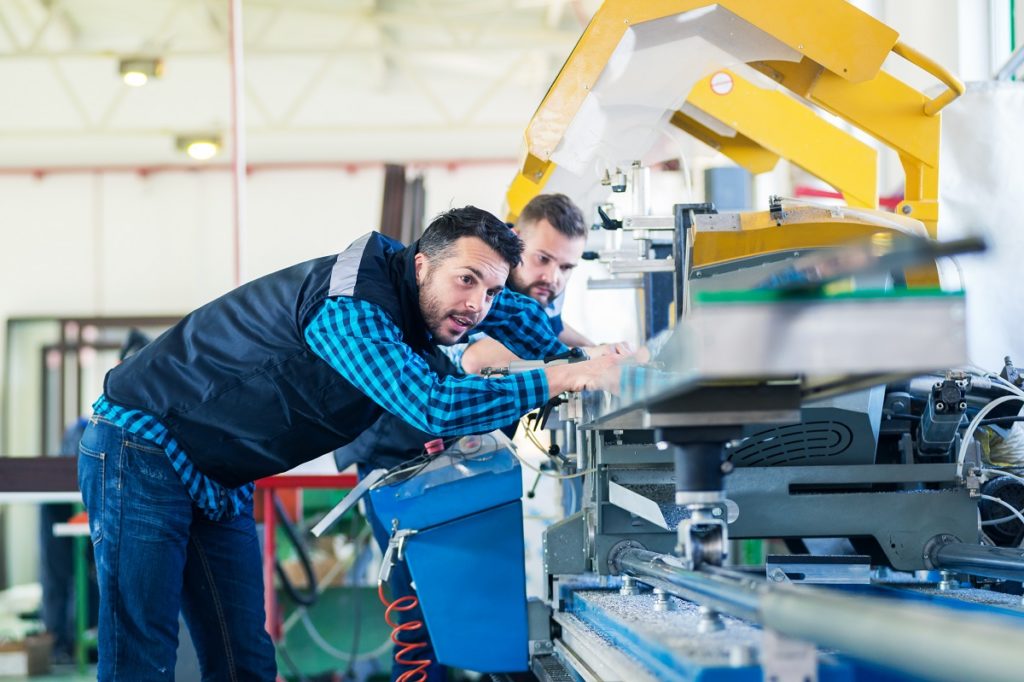The world of modern technology is as vast as the universe. In it are innovations such as artificial intelligence and virtual reality, which are known to have revolutionized society as a whole. But there are also more quiet technologies, like actuators, that perform in the background even when they aren’t getting the limelight they deserve.
The actuator is an essential part of a machine that allows it to move by converting energy. It can transform any electric, pneumatic, or hydraulic energy into a mechanical force, making it possible for any piece of machinery to move without human intervention, except, of course, operation.
No machine or piece of equipment can function without an actuator inside them, which is why its presence is considered necessary, especially in automation. However, every project’s actuator requirement is unique. That’s why you must use the appropriate type depending on your needs based on these four factors below:
Speed
Not all mechanisms function the same way; each type has its own specifications and compatibilities with other materials. That’s why you must define the speed at which your actuator needs to perform before you get one so that you can see if it works well together.
This is because it’s possible that a high load at high speed can damage the actuator and cause it to wear out prematurely, which can then impact its longevity. If your project requires objects to be moved at a certain speed and can exert high force at will, then you need to find an actuator that can do just that.
For example, the stepper linear actuator is perfect for projects that require high capacity, performance, and speed. This type of actuator is usually used for medical equipment, robotics, industrial machinery, and transportation, to name a few, because it can carry high force without sacrificing integrity.
Load
Before you go ahead and choose the right actuator for your project, you must define how much load it has to support first. This is because different actuators have varying strengths and capabilities. And you need to ensure that the weight of your load will match the capacity of your actuator for it to be effective.
You also have to know which direction the actuator needs to operate, whether it will pull or push the load, and if it will do so in a horizontal or vertical position. The length of the load also plays a part in determining the type of actuator that you should use specifically because it will have an impact on its strength.

Duty Cycle
A piece of machinery’s duty cycle refers to its on-time and off-time, but this varies from one piece of equipment to another. This is why you need to determine the duty cycle before you get your actuator because there are specific types for each need. Getting the right one is key to making sure that your actuator can perform at an optimal condition.
Also, knowing how long your actuator needs to work can reduce the possibility of it overheating and breaking down unexpectedly. Even machines require rest and enough time to cool down before being used again, which is why defining the duty cycle is crucial to picking the right actuator.
Electric actuators with parallel motions, for example, are best for higher duty cycles because their spur gears allow them to withstand more cycles than other types of actuators. And because they use electrical energy to enable movements, they can function with more accuracy and precision.
Environment
Like any piece of equipment, the environment will play an important role in its durability and longevity. This is because machines are often vulnerable to their surroundings. For instance, if the machine is to be kept outdoors, it will be more exposed to the elements, contaminants, and moisture than if it were to be kept inside a facility.
In this case, you will need an actuator with a higher protection rating because it will need to function in a rougher operating environment. Another factor is knowing what the actuator will undergo on the day-to-day operation. That’s because if it is exposed to harsh chemicals and high pressures often, it might be better if you used an actuator with more versatile materials over one that’s sensitive to them.
You need to choose an actuator that meets the requirements that you’re looking for because otherwise, it will just be a waste of time and money. If you don’t get the right actuator the first time, it can be worn out and damaged immediately, which will then lead you to undergo expensive repairs or replacements. So, to save more money in the long run, do your homework and find which actuator will work for you.

